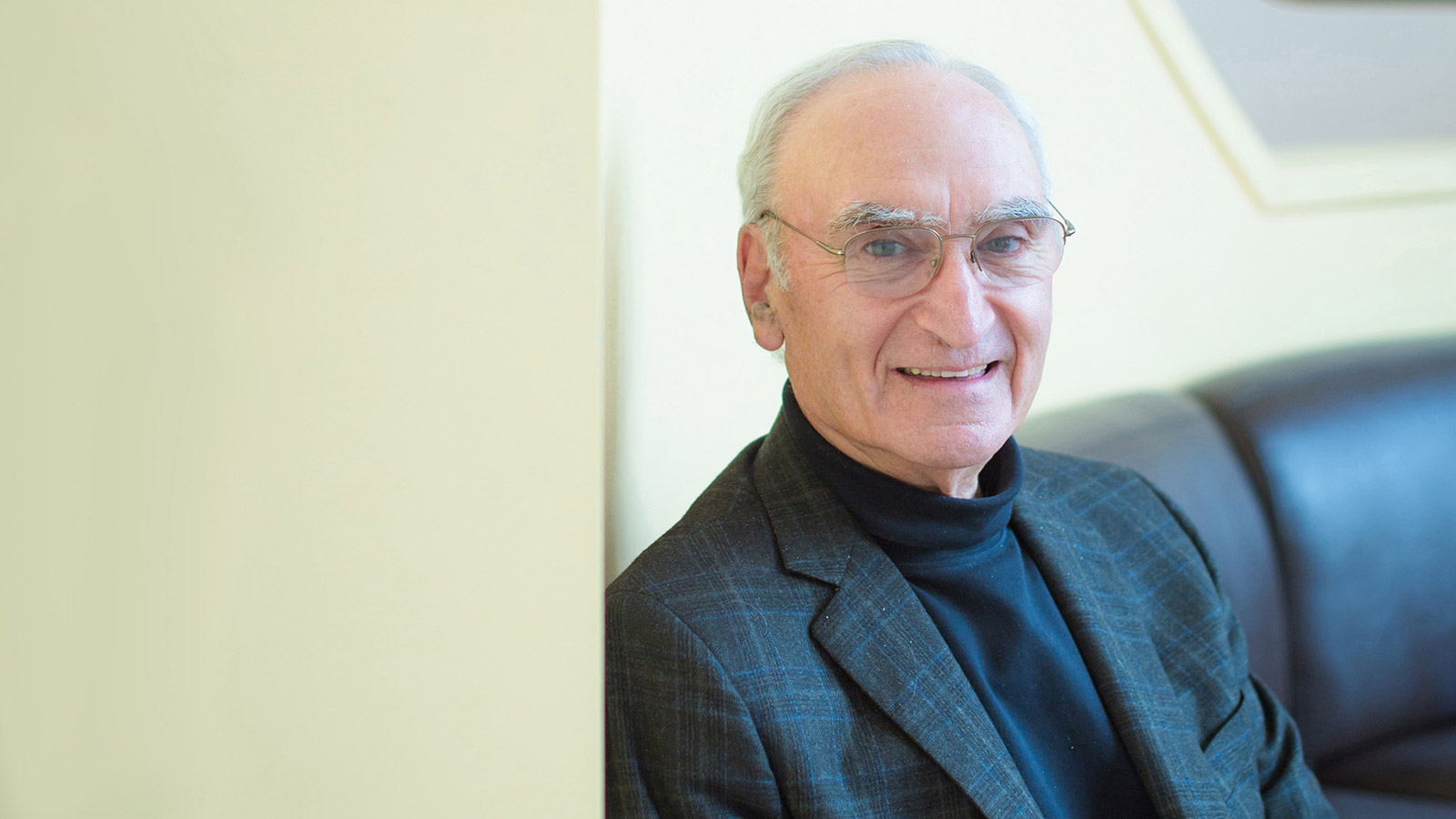Education
- PhD, 1965, Yale University
- BA, 1962, Biology, Amherst College
Research Summary
We study the molecules that allow fungi to penetrate tissues and grow in a hostile environment. Using genetics, biochemistry and genomics, we answer questions such as: What makes Candida albicans such a successful pathogen? How do fungal pathogens evolve antibiotic resistance? How do they manage to change their genetic composition so rapidly? The Fink lab is no longer accepting students.Awards
- Thomas Hunt Morgan Medal, Genetics Society of America, 2020
- James R. Killian Jr. Faculty Achievement Award, 2018
- American Association for the Advancement of Science, Fellow, 2015
- Gruber International Prize in Genetics, 2010
- American Philosophical Society, 2003
- Yeast Genetics and Molecular Biology – Lifetime Achievement Award, 2002
- George W. Beadle Award, Genetics Society of America, 2001
- Ellison Medical Foundation, Senior Scholar Award, 2001
- National Academy of Medicine, 1996
- Wilbur Lucius Cross Medal, Yale University, 1992
- Emil Christian Hansen Foundation Award for Microbiology, Denmark, 1986
- American Academy of Arts and Sciences, Fellow, 1984
- Yale Science and Engineering Award, 1984
- National Academy of Sciences, Member, 1981
- National Academy of Sciences Award in Molecular Biology, 1981
- John Simon Guggenheim Memorial Foundation, Guggenheim Fellowship, 1974
Key Publications
- Yeast: an experimental organism for 21st Century biology. Botstein, D, Fink, GR. 2011. Genetics 189, 695-704.
doi: 10.1534/genetics.111.130765PMID:22084421 - Intragenic tandem repeats generate functional variability. Verstrepen, KJ, Jansen, A, Lewitter, F, Fink, GR. 2005. Nat Genet 37, 986-90.
doi: 10.1038/ng1618PMID:16086015 - Unipolar cell divisions in the yeast S. cerevisiae lead to filamentous growth: regulation by starvation and RAS. Gimeno, CJ, Ljungdahl, PO, Styles, CA, Fink, GR. 1992. Cell 68, 1077-90.
doi: 10.1016/0092-8674(92)90079-rPMID:1547504 - Ty elements transpose through an RNA intermediate. Boeke, JD, Garfinkel, DJ, Styles, CA, Fink, GR. 1985. Cell 40, 491-500.
doi: 10.1016/0092-8674(85)90197-7PMID:2982495 - Transformation of yeast. Hinnen, A, Hicks, JB, Fink, GR. 1978. Proc Natl Acad Sci U S A 75, 1929-33.
doi: 10.1073/pnas.75.4.1929PMID:347451 - Barbara McClintock (1902-1992). Fink, G.R. 1992. Nature 359, 272.
Recent Publications
- m6A modification of a 3' UTR site reduces RME1 mRNA levels to promote meiosis. Bushkin, GG, Pincus, D, Morgan, JT, Richardson, K, Lewis, C, Chan, SH, Bartel, DP, Fink, GR. 2019. Nat Commun 10, 3414.
doi: 10.1038/s41467-019-11232-7PMID:31363087 - New CRISPR Mutagenesis Strategies Reveal Variation in Repair Mechanisms among Fungi. Vyas, VK, Bushkin, GG, Bernstein, DA, Getz, MA, Sewastianik, M, Barrasa, MI, Bartel, DP, Fink, GR. 2018. mSphere 3, .
doi: 10.1128/mSphere.00154-18PMID:29695624 - A Candida albicans CRISPR system permits genetic engineering of essential genes and gene families. Vyas, VK, Barrasa, MI, Fink, GR. 2015. Sci Adv 1, e1500248.
doi: 10.1126/sciadv.1500248PMID:25977940 - Interactions between chromosomal and nonchromosomal elements reveal missing heritability. Edwards, MD, Symbor-Nagrabska, A, Dollard, L, Gifford, DK, Fink, GR. 2014. Proc Natl Acad Sci U S A 111, 7719-22.
doi: 10.1073/pnas.1407126111PMID:24825890 - Genetic variation in Saccharomyces cerevisiae: circuit diversification in a signal transduction network. Chin, BL, Ryan, O, Lewitter, F, Boone, C, Fink, GR. 2012. Genetics 192, 1523-32.
doi: 10.1534/genetics.112.145573PMID:23051644 - Control of transcription by cell size. Wu, CY, Rolfe, PA, Gifford, DK, Fink, GR. 2010. PLoS Biol 8, e1000523.
doi: 10.1371/journal.pbio.1000523PMID:21072241 - Feed-forward regulation of a cell fate determinant by an RNA-binding protein generates asymmetry in yeast. Wolf, JJ, Dowell, RD, Mahony, S, Rabani, M, Gifford, DK, Fink, GR. 2010. Genetics 185, 513-22.
doi: 10.1534/genetics.110.113944PMID:20382833 - Getting along with a little help from my friends. Fink, GR. 2009. J Biol Chem 284, 23885-90.
doi: 10.1074/jbc.X109.029389PMID:19515841 - Phagocytosis by human neutrophils is stimulated by a unique fungal cell wall component. Rubin-Bejerano, I, Abeijon, C, Magnelli, P, Grisafi, P, Fink, GR. 2007. Cell Host Microbe 2, 55-67.
doi: 10.1016/j.chom.2007.06.002PMID:18005717 - Antisense transcription controls cell fate in Saccharomyces cerevisiae. Hongay, CF, Grisafi, PL, Galitski, T, Fink, GR. 2006. Cell 127, 735-45.
doi: 10.1016/j.cell.2006.09.038PMID:17110333
Multimedia

